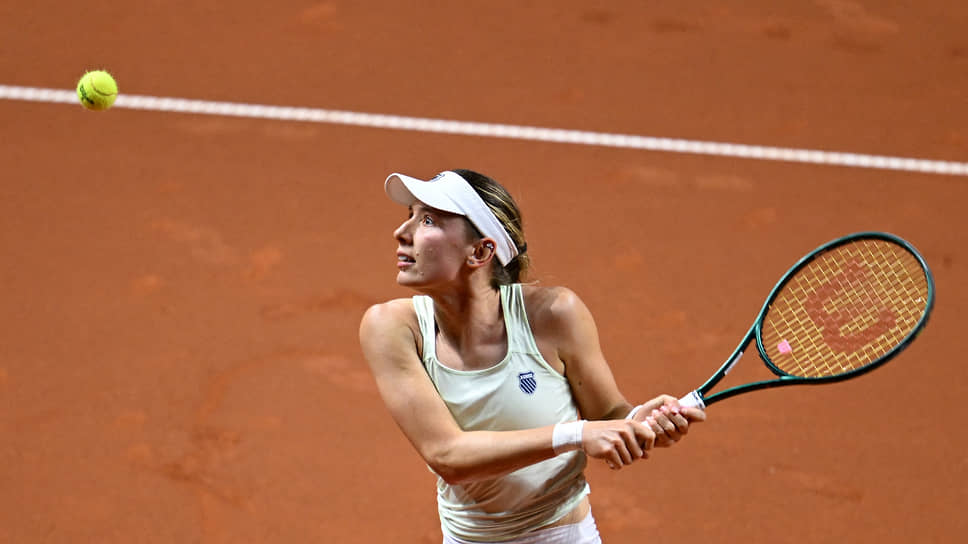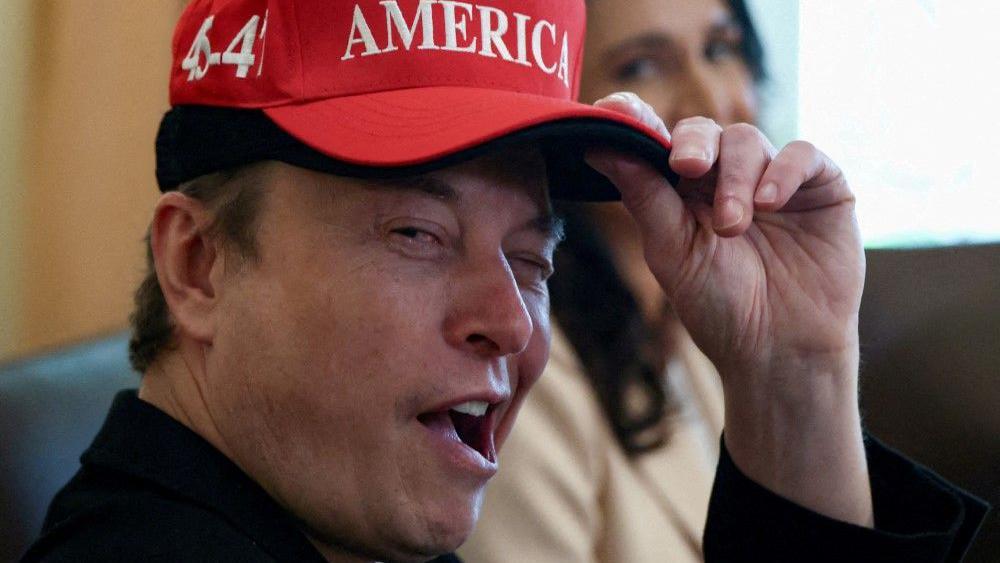Pikatsu protesters, Memes by Studio Ghibli and the subversive power of « cute »

The person dressed in the uniform of the cute Pokémon character had attended the demonstration to protest the arrest of Constantinople Mayor Eremoglou.
At the same time, the internet was flooded with pictures of AI. They gave famous memes and movie scenes a ‘cute’ tone, recasting them in the style of the Japanese animated Studio Ghibli company.
And while the founder of Studio Ghibli, Hayao Miyazaki, denounced the art created by AI as a « insult of life itself », there is another issue that arises from this trend.
According to with an article by The Conversationthe cute has more than its ability to go viral.
Asia hugs the cute
For anyone who has contact with Asian cultural products, it is evident that « Cuteness » is part of East Asia’s culture: cute cartoon characters, cute toys and even cute foods.
But what does something « cute » does and how does this work in culture and politics?
To begin with the characters are traditionally designed with big eyes and expressive faces, referring to innocence and weakness
At the same time in Japan there is a specific language that describes exactly this unique cute. The term « Kawaii » refers to the adorable.
https://www.youtube.com/watch?v=lhlh7jvCTT8
Many well -known, cute characters and products of pop culture can be found in Japan, especially after World War II, when Japanese cartoons – known as an anime – and comics called manga became popular.
Their narratives and aesthetics were talking in a country that was still swinging by the disaster caused by the atomic bombs and the humiliation of the American occupation.
In many cases, the cute characters guided viewers and readers through sadness, guilt and loss.
For example, Studio Ghibli’s « Grave of the Fireflies » tells the story of two little brothers, Seita and Setsuko, who face hunger after Kobe’s bombing in the last days of World War II.
The cute in America
Cute has a place in American culture. But it is not even intellectually the cultural prestige it has in Asia.
However, the Memes of Studio Ghibli who swept social media have revealed a widespread longing for tenderness at a time when people seem particularly cruel, violent and unpredictable.
Theorist Sianne Ngai has argued that the cute is usually based on the power difference between the observer and the cute object: a small kitten, a plush animal or a baby are cute, partly, because they are so vulnerable.
And that is why the White House and Israeli Army (IDF) efforts to participate in the Ghibli wave fell into the void.
https://t.co/pvdinmshxs pic.twitter.com/bw5yuci2xl
– The White House (@WhiteHouse) March 27, 2025
His X account posted a Ghibli -style image of a Dominican woman crying while handcuffed by an Ice agent. Imaging caused anger.
It is a perversion of the way in which Cuteness works, praising the powerful – the Ice agent, the US government, the IDF – and not the powerless.
Gathering around Cuteness
However, the weakness of the cute characters can also be powerful: most viewers can only applaud a hairy, yellow animated animal that runs to escape the MAT.
A cute character may seem helpless, but it can rally support for the « underdog ».
Watch out, Turkey!
Pikachu made an appearance at the hands off! Protest in Washington, DC
– Art Candee (@artcandee) April 5, 2025
Perhaps this is why Pikatsu appeared again in two other demonstrations: in one against Netanyahu in Israel on April 5, 2025 and in one against Trump in Washington the same day.
The cute, perhaps not strangely, has been used as a political tool in Asia.
The Milk Tea Alliance, formed in 2020, is a Pan -Hellenic, philosopher that unites communities in Hong Kong, Taiwan, Thailand, Myanmar and beyond.
The « radical cute »
And here Ngai goes one step further, referring to the « radical cuteness ».
The concept of Radical Cuteness offers an exciting criticism of how aesthetic categories work in modern society.
In this context, the cute one tends to inspire affection, and can make the object childish or downgrade it to something passive.
However, Radical Cuteness overturns this case, proving that cute is not just a passive aesthetic.
On the contrary, it has the ability to overthrow the existing power structures and to challenge social rules.
This is when the cute is intertwined with resistance, social criticism, or cultural recasting.
In essence, radical cute uses the very aesthetics of innocence and vulnerability to criticize social conventions, making what seems not to be threatening in a powerful political resistance tool.
This reversal is not only limited to creating content, but reflects broader cultural changes in the way society perceives seemingly « soft » aesthetics.
At a time when political activism is getting more and more unexpected forms, Radical Cuteness provides a platform for challenging the status quo in ways that are not threatening but have a profound impact.
The commercialization of sensitivity
In addition, Radical Cuteness can be seen as a comment on late capitalism-where even the most innocent aesthetic is integrated into commercialization and control systems.
By re-eating this aesthetic in a radical way, it becomes a subtle but strong challenge in commercializing intimacy, affection and care.
In this sense, it raises the question of how aesthetics, often available in trade, can be possessed for critical purposes.
In the end, the cute one adds a touch of peculiar irrationality that further demystifies power.
Despite its graphic and charming exterior, the cute one contains hidden superpowers: it celebrates the vulnerable, while depriving the authoritarian the seriousness they are trying to project.









